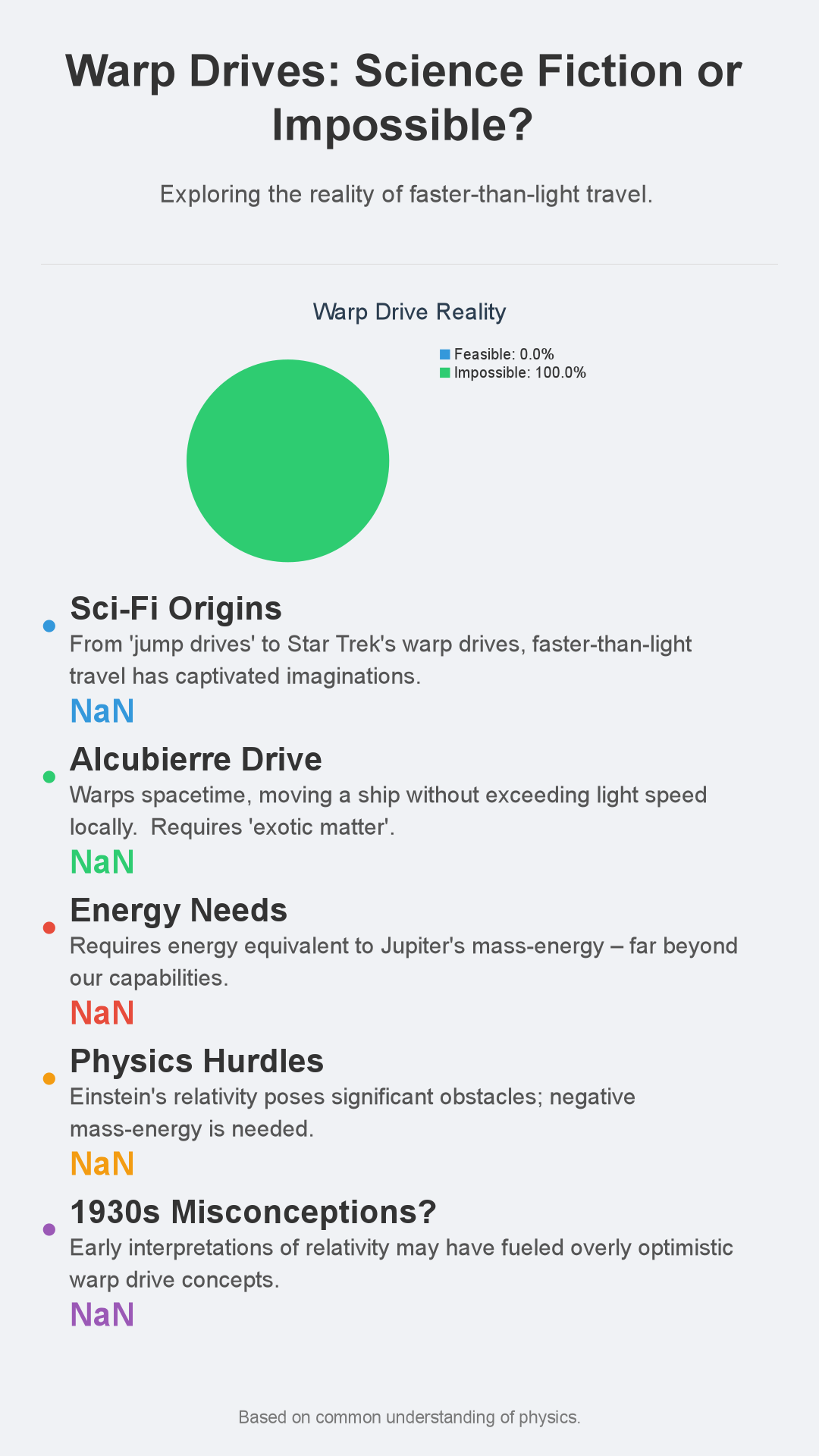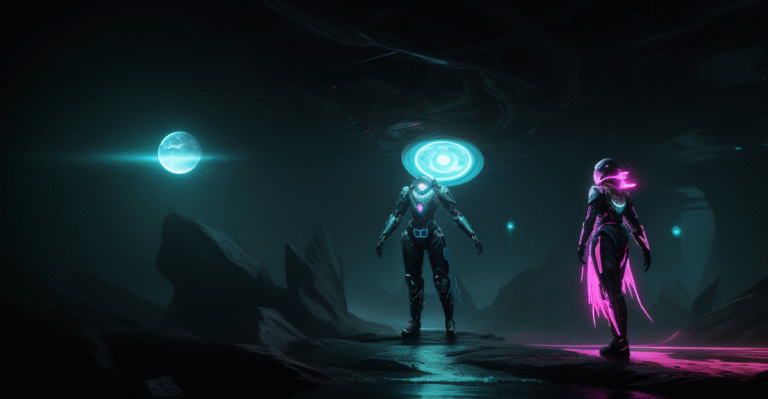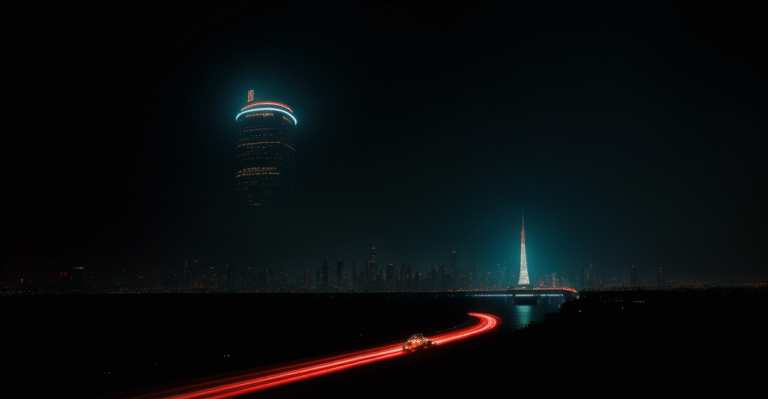
Warp drives: science fiction fantasy, or a misapplication of early 20th-century physics? This video
Hit that like button and follow for more mind-bending explorations of the universe!
The Genesis of Warp Drives in Science Fiction
Early Examples and Their Influence
Before delving into the theoretical physics (or lack thereof), let’s acknowledge the obvious: warp drives are pure science fiction.
Yet, their impact on our collective imagination is undeniable. E.
“Doc” Smith’s Skylark series with its “jump drives” to Star Trek’s more sophisticated warp drives, the allure of bypassing light speed’s limitations has captivated audiences for decades.
The Evolution of Warp Drive Concepts
The concept evolved from simple “jump” mechanics to the more complex—though still theoretical—Alcubierre drive.
Proposed by Miguel Alcubierre in 1994, this theoretical framework attempts faster-than-light travel without locally exceeding the speed of light. Ingenious? Or a clever loophole?
)
Explanation of the Alcubierre Metric
The Alcubierre drive proposes warping spacetime itself.
Imagine a bubble of spacetime contracting in front of a spaceship and expanding behind it, effectively moving the ship without exceeding the speed of light within its local reference frame. Sounds simple, right? Wrong.
Challenges and Paradoxes
The major hurdle? The Alcubierre drive necessitates “exotic matter” with negative mass-energy density—something we’ve never observed and don’t know how to create.
This isn’t a minor detail; it’s a fundamental roadblock.
The Physics of Warp Drives: Current Understanding and Limitations
Einstein’s Relativity and Faster-Than-Light Travel
Einstein’s theory of general relativity, while providing the theoretical foundation for concepts like spacetime warping, also presents significant obstacles to faster-than-light travel.
The energy needed to warp spacetime sufficiently for an Alcubierre drive is astronomical, bordering on the impossible. We’re talking about energy levels far beyond our current comprehension, let alone production capabilities.
Energy Requirements and Technological Hurdles
To illustrate the scale, the energy required is often estimated to be equivalent to the mass-energy of Jupiter or more. Our current energy production is, frankly, underwhelming in comparison.
The gap isn’t just vast; it’s an insurmountable chasm.
1930s Physics and Misconceptions
Early Interpretations of Relativity and Quantum Mechanics
Some argue that the initial conception of warp drives may have stemmed from overly optimistic interpretations of relativity and quantum mechanics in the 1930s.
The nascent understanding of these innovative theories might have led to misinterpretations or oversimplifications that fueled early faster-than-light travel concepts.
Advancements Challenging Initial Interpretations
As our understanding of physics has progressed, many of these early interpretations have been refined or refuted.
The complexities and limitations imposed by fundamental physical laws have become increasingly clear, casting doubt on the feasibility of warp drives.
Conclusion
So, warp drives: science fiction fantasy or a misinterpretation of 1930s physics? Unfortunately, the answer leans heavily towards the former.
While theoretical frameworks like the Alcubierre drive offer intriguing possibilities, the immense technological and physical hurdles remain insurmountable.
However, physics is constantly evolving.
What innovative approaches might future physics offer to revisit the possibility of faster-than-light travel? What if we discover new physics that completely rewrites the rules?

Enjoyed this? Check out our YouTube channel for video versions!
Enjoyed this? Check out our YouTube channel for video versions!



